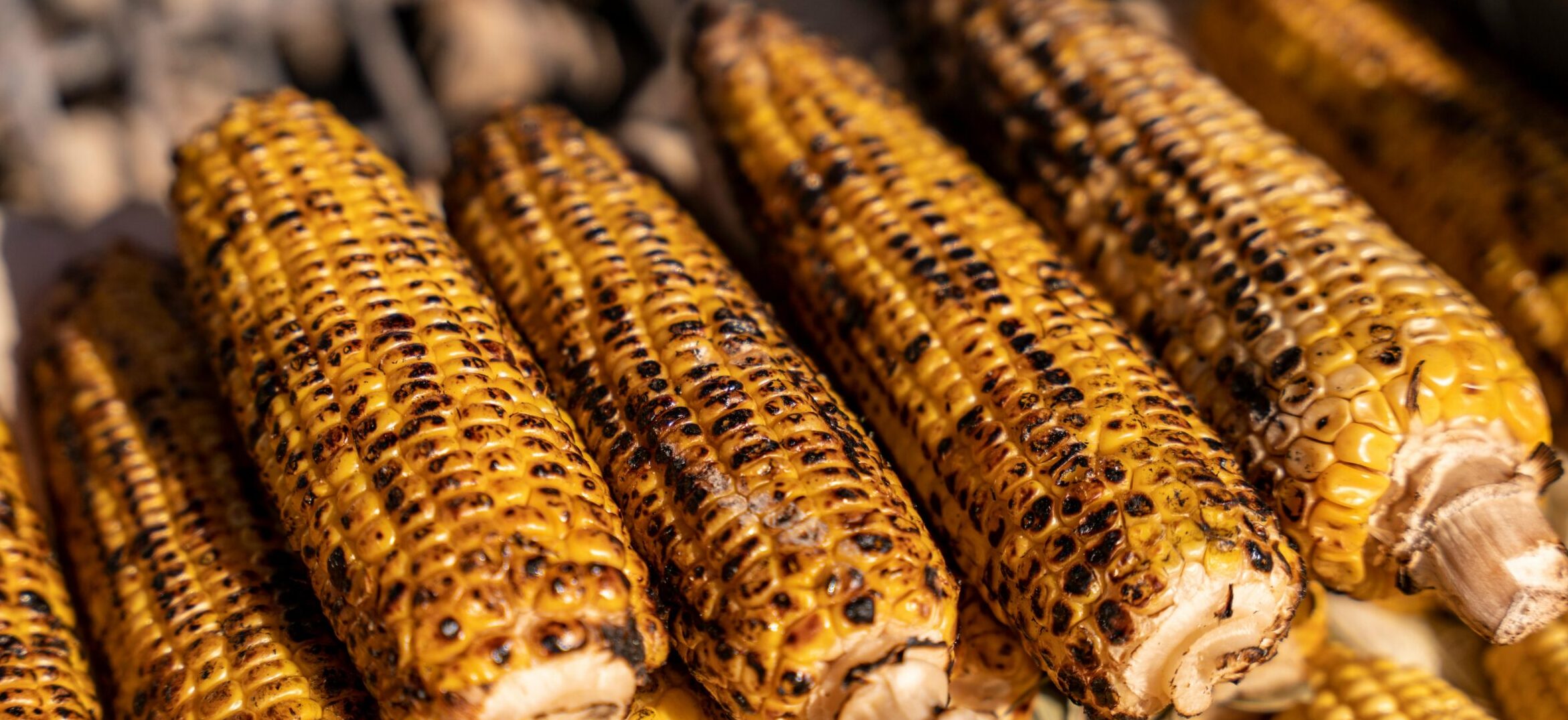In the diverse tapestry of the plant kingdom, the pitcher plant stands out as an extraordinary example of nature’s ingenuity. As a parent and health professional with a penchant for the unique and unusual in nature, I’ve been captivated by these carnivorous plants. They’re not only a topic of fascination for their insect-trapping abilities but also for their striking appearance, which adds an exotic flair to any garden space. Join me as we delve into the world of pitcher plants, exploring their allure, ecological importance, and how they can transform your understanding and appreciation of the natural world.
The Enigma of Carnivorous Flora
Pitcher plants belong to the family of carnivorous plants, a group that has adapted to thrive in nutrient-poor environments by evolving to derive sustenance from insects and other small creatures. This adaptation is a spectacular display of evolutionary creativity, with the pitcher plant’s modified leaves forming a deep cavity filled with digestive fluid. The design is both a marvel of natural engineering and a work of art, often marked with vibrant colors and intricate patterns that lure in unsuspecting prey.
Why Pitcher Plants Captivate Us
Astonishing Adaptations
Pitcher plants are a testament to nature’s astonishing ability to adapt and thrive. In nutrient-poor soils where other plants struggle, these carnivorous wonders have evolved an ingenious survival strategy. Their leaves have transformed into alluring pitchers, intricate traps that lure insects with vibrant colors and a nectar-like scent. The unsuspecting prey, drawn to the pitcher’s promise of sustenance, slips on the plant’s slick inner walls and falls into a pool of digestive enzymes. This remarkable adaptation allows the pitcher plant to supplement its diet with nutrients gleaned from its trapped victims, turning a challenge into an evolutionary triumph. The very existence of these plants challenges our traditional views of gardens as benign places. Instead, they introduce us to a world where plants are dynamic, responsive, and at times, predatory beings. Their presence in our gardens serves as a living lesson on the complexity of ecosystems and the fascinating ways life adapts to survive. The pitcher plant isn’t just a botanical curiosity; it’s a symbol of life’s resilience and a source of endless wonder for gardeners and nature enthusiasts alike.
Ecological Significance
The ecological significance of pitcher plants extends far beyond their carnivorous lifestyle and striking appearance. These unique plants create a microhabitat within their pitchers, offering a niche for a host of organisms, often referred to as inquilines. From detritivores that feed on decaying prey to organisms that complete their life cycles within this contained ecosystem, pitcher plants support a surprising variety of life. They are not just hunters but also unwitting nurturers, providing resources for certain species to thrive. This relationship highlights the complex interdependence of life forms in an ecosystem, where even the most unassuming entities play critical roles. In some cases, the presence of pitcher plants even contributes to the control of pest populations, offering a natural form of insect management. Moreover, as indicators of environmental health and wetland integrity, pitcher plants are often a focal point in conservation efforts, emphasizing the importance of preserving these unique species and their habitats. Through their existence, pitcher plants remind us of the intricate web of life and the delicate balance within ecosystems, underscoring the need for thoughtful environmental stewardship.
Gardening with a Twist
Introducing pitcher plants to your garden infuses it with a twist that captivates and educates in equal measure. These living sculptures do more than catch the eye; they invite a closer look into the wonders of ecology and natural design. In a garden where children play and curiosity blossoms, pitcher plants become a dynamic educational tool, illustrating the cycle of life and the adaptability of nature. They provoke questions, stir the imagination, and teach valuable lessons about the biodiversity of our planet. Gardening with pitcher plants is a conversation with nature, offering insights into a world where plants are not just passive recipients of sunlight and water but active participants in their survival. For the family looking to break from the mold of traditional gardening, pitcher plants add an element of the extraordinary, turning the act of gardening into an exploration of nature’s more curious corners. Whether you’re nurturing a single pitcher plant on a sunny windowsill or a whole cluster in a damp corner of your backyard, these fascinating flora will undoubtedly bring an element of surprise and discovery to your green space, making each gardening day a unique adventure.
Cultivating Pitcher Plants: A Guide
Understanding Their Needs
Understanding the needs of pitcher plants is crucial for integrating these exotic wonders into your garden. These distinctive plants hail from nutrient-poor, often acidic environments, and replicating these conditions at home is key to their survival. They require a substrate low in nutrients, typically a mix of peat and sand, which mimics their natural boggy habitats. Watering is a delicate balance; they thrive in moist conditions but will not tolerate waterlogged soil, necessitating good drainage. Moreover, pitcher plants are sun worshippers, demanding a spot where they can bask in full sunlight to fuel their growth and vibrant coloration. They flourish in high humidity, which can be a challenge to maintain in drier climates, but with regular misting and strategic placement, such as a bathroom or kitchen, this can be achieved. It’s also important to note that these plants obtain much of their nutrition from the insects they capture, so fertilizing is rarely necessary and can actually harm them. Understanding and catering to these specific needs will not only ensure your pitcher plants thrive but also transform your care efforts into a rewarding experience as you watch these remarkable plants grow and flourish in your care.
Creating the Ideal Environment
Creating the ideal environment for pitcher plants in your garden mimics their natural habitat, a task that requires attention to detail and a passion for cultivating unique botanical specimens. These carnivorous plants thrive in warm, humid conditions with plenty of indirect sunlight. When potting, a mixture of sphagnum peat moss and perlite provides the acidic and well-draining soil conditions they crave, reminiscent of the boggy regions they naturally inhabit. If you’re growing them outdoors, select a location that mimics a marshy area, ensuring the soil remains moist but not waterlogged, to avoid root rot. For those in less humid climates or cultivating indoors, maintaining humidity can be as simple as placing a tray of water near the plants to evaporate or using a room humidifier. It’s also crucial to simulate the seasonal changes pitcher plants experience in the wild, with cooler temperatures and reduced watering in the winter months to allow for a necessary dormancy period. By recreating these conditions, you provide a sanctuary for pitcher plants to not only survive but to thrive, displaying their full glory of cascading pitchers and attracting a curious audience with their otherworldly allure.
Ongoing Care and Maintenance
The ongoing care and maintenance of pitcher plants are as intriguing as the plants themselves, requiring a thoughtful approach that honors their distinctive needs. Ensuring these exotic beauties flourish involves a regular check on their moisture levels; they prefer consistent dampness without becoming waterlogged, a balance achieved through careful watering and well-draining soil. As part of their care, trimming away any dead or decaying pitchers is essential to foster new growth and prevent potential disease. Sunlight is their ally, and ensuring they receive adequate exposure is crucial for their vitality, yet they must be shielded from the harshest midday rays, particularly in hotter climates. In the cooler months, they enter a period of dormancy — a rest phase that is vital for their health and longevity. During this time, watering should be reduced, and the plants should be kept in a cooler but still well-lit environment. This mimetic approach to their natural cycle encourages robust growth when they reawaken in the spring. Attentive and consistent care, mirroring the ebb and flow of their native habitats, ensures that pitcher plants remain a dynamic and mesmerizing feature in your garden throughout the seasons.
The Pitcher Plant in Modern Gardens
Introducing a pitcher plant to your garden is more than just adding a new species to your collection—it’s embracing a living sculpture that challenges our perceptions of what plants can be. Its otherworldly form and insect-trapping lifestyle make it a natural centerpiece, a talking point, and a source of endless fascination.
Conclusion
The pitcher plant, with its unusual form and fascinating habits, offers a glimpse into the remarkable adaptability of nature. It reminds us that beauty and ingenuity can be found in the most unexpected places and that even the most unconventional plants have a role to play in our gardens and ecosystems. For those looking to step outside the realm of traditional gardening, pitcher plants present an opportunity to explore the peculiar and profound mysteries of the plant world.
If you’re intrigued by the prospect of adding pitcher plants to your garden or simply wish to learn more about the wonders of carnivorous flora, consider joining our community. Sign up for our newsletter, where we delve into the diverse world of plants, offering insights and tips that cater to both the curious beginner and the seasoned gardener. Together, let’s cultivate a sense of wonder and discovery in our gardens, one pitcher plant at a time.










